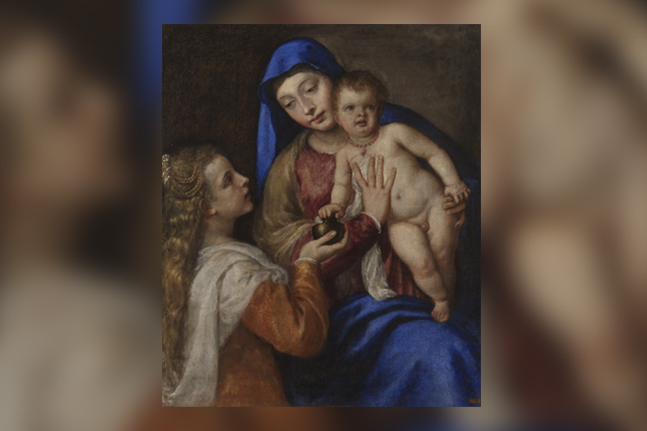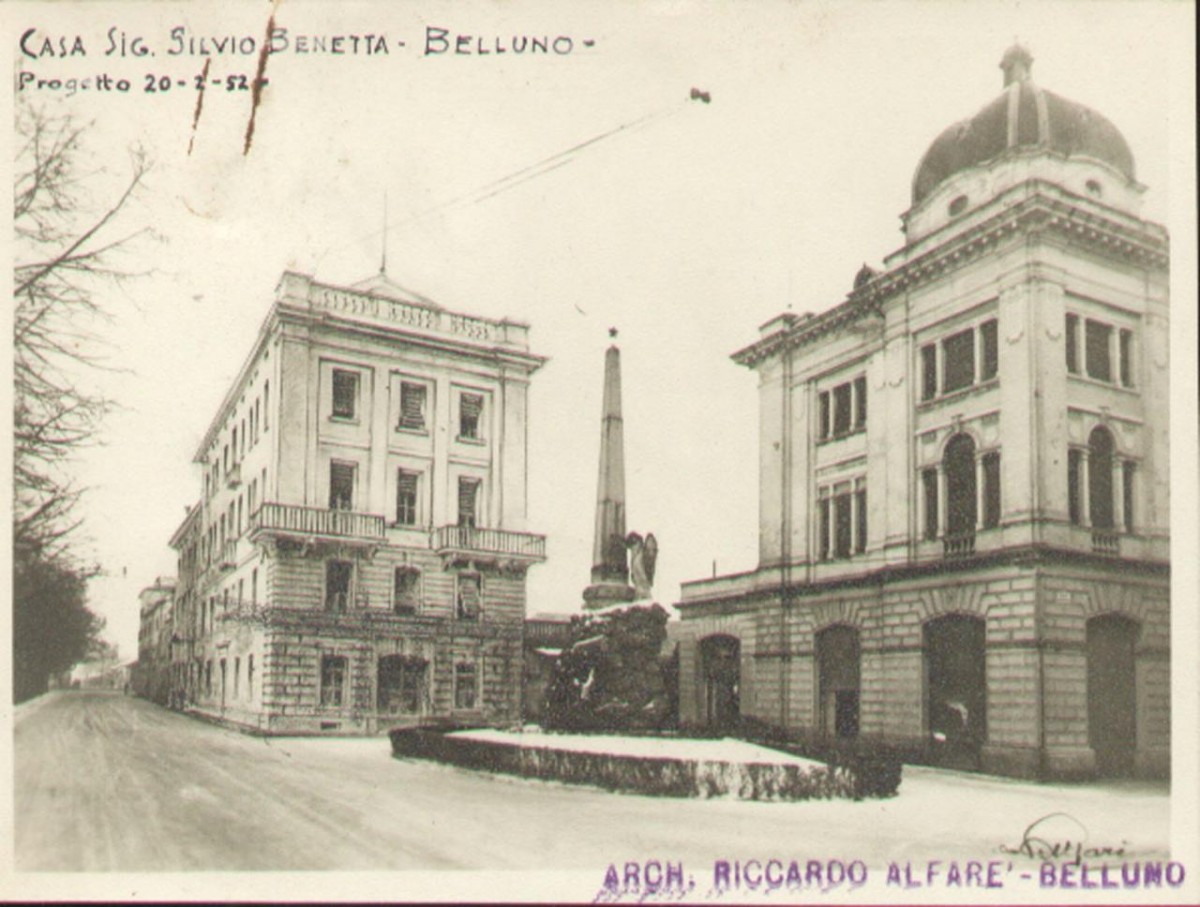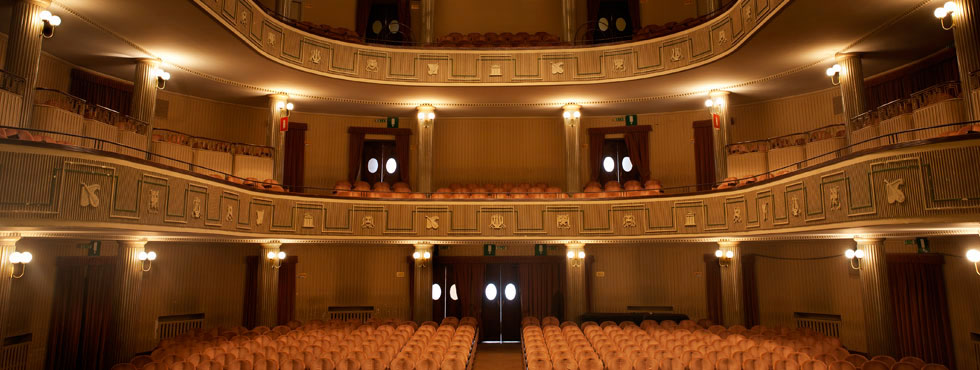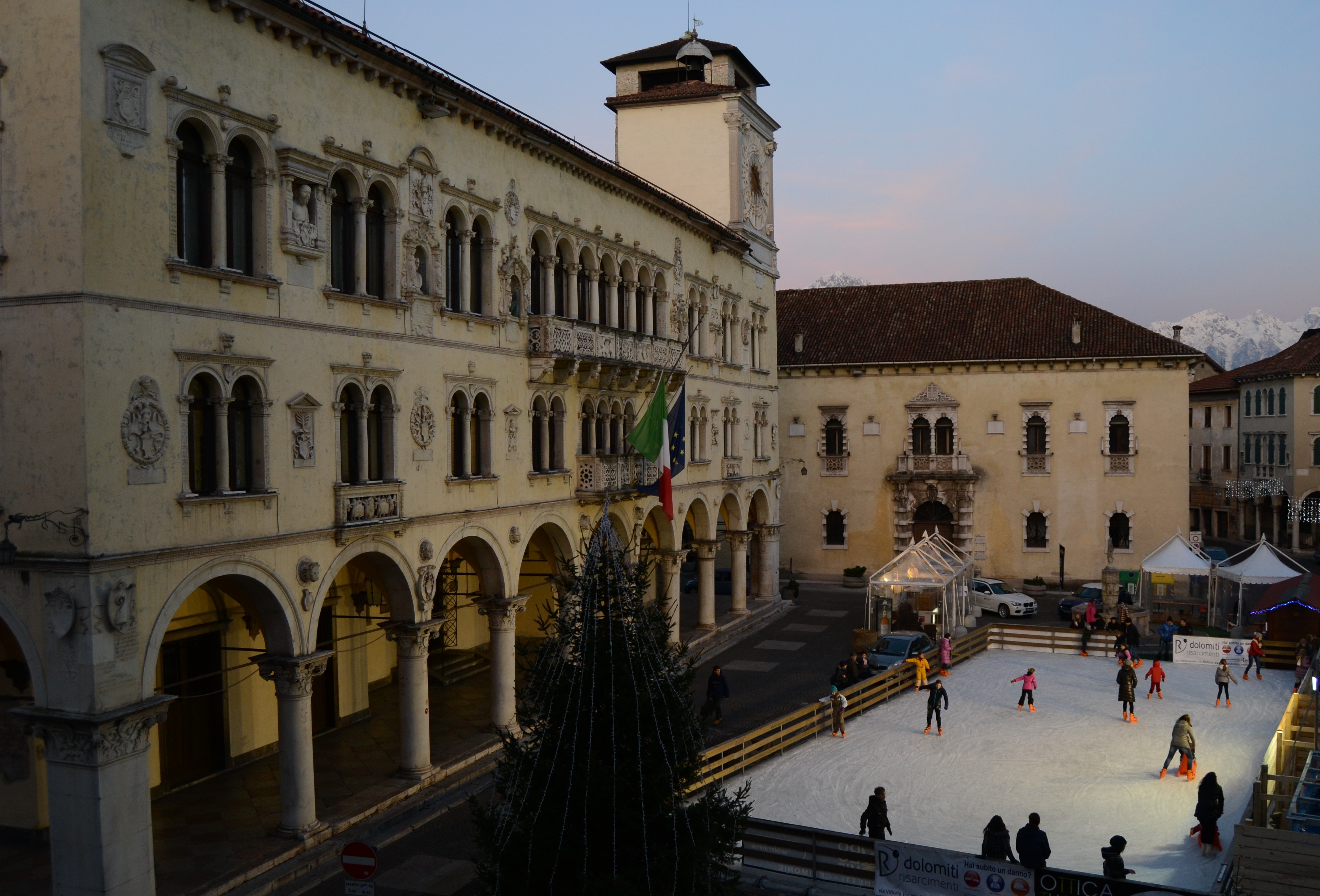The inauguration ceremony of the new Civic Museum of Belluno has been scheduled for Thursday January 26th, at 5:30pm, at the Teatro Comunale of Belluno. At the end of the event it will be possible to visit the museum at its new home in Palazzo Fulcis with entrance until 10:00pm.
In addition, until February 5th, entrance to the new Civic Museum of Belluno is free of charge.
Exceptional guest Tiziano Vecellio with his Madonna Barbarigo, on exhibit until May 1st.
Adorable Belluno helps you get to know your neighbor Palazzo Fulcis, a place at the heart of the citizen center, facing via Roma, in front of the historic Teatro Comunale. The 18th century palace, the former home of one of the most known families of the city, now belongs to all of the Bellunese and is destined to become the cultural jewel of the Dolomites.
Palazzo Fulcis the home of art in Belluno
Palazzo Fulcis yesterday
Palazzo Fulcis gets its name from the nobile Bellunese family Fulcis, said to be residents of Belluno as early as the 1300s and inscribes in the Council of Nobles since 1512.
Few know the history of the palace in the centuries before the 1700s, certainly that in 1776 the architect Valentino Alpago Novello (1707-1793) was responsible for the expansion of the palace on the occasion of the marriage of Guglielmo Fulcis to the Trentino countess Francesca Migazzi de Vaal.
Palazzo Fulcis was enriched with the elegante and powerful facade on via Roma, the creation of two monumental entrances and an imposing perron. The residence is given not just a grandiose honor room, but also the interiors gain precious finishes with stucco decorations and extraordinary sown floors, with rococo motifs.
Palazzo Fulcis today
Today Palazzo Fulcis maintains its unaltered charm that has distinguished it for centuries. It consists of 3000 square meters of exhibit space, distributed on 5 floors in 24 exhibition rooms. The restoration work, financed by the Fondazione Cariverona, was entrusted to the studio Arteco of Verona and involved close collaboration between the museum curator Denis Ton and the design architect Antonella Milani.
But let’s go to the palace, what has changed from its antique perspective? Little to nothing, since the work of restoration did not only maintain as much as possible the original style of this splendid citizen residence, but also gave life back to historic details. Today standing out more beautifully than ever, the delicate decorations of the royal floor and the frescoes that enrich the ceiling of the Grand Salon of the second half of the 1700s and the frescoes of the end of the 1800s, that animate other spaces of the palace. In the restoration of the Fulcis
Ma veniamo al palazzo, cosa è cambiato del suo antico aspetto? Poco o nulla, poichè l’opera di restauro non solo ha mantenuto il più possibile inalterato l’aspetto originario di questa splendida residenza cittadina, ma anche ridato vita ad elementi dell’epoca. Oggi spiccano, più belli che mai, i delicati decori del piano nobile e gli affreschi che arricchiscono il soffitto del Grande Salone del secondo Settecento e gli affreschi di fine Ottocento, che animano altri ambienti del palazzo. During the restoration of the Fulcis, floors with rococo motifs and late baroque stuccos were also recovered.
What is new? There are new security systems and air conditioning, a new main staircase and an elevator, all transparent for access to each floor. Additional maintenance for the functional adaption of the new Civic Museum of Belluno.
Works and artists of the Civic Museum of Belluno
As you have been able to understand Palazzo Fulcis is already a masterpiece of art in itself and to succeed at inserting the entire collection of the Civic Museum of Belluno, which consists of well over 600 pieces, in spaces this strongly stylized, was not a simple endeavor. The same structure of the palace constrains a path through the museum that is not at all linear, yet remains very evocative, that we are certain.
What are the artworks that one can admire in the rooms of the Fulcis?
The Civic Museum of Belluno conserves splendid collections, beginning with the Zambelli collection: one of the most important collections of 18th century porcelain of Veneto. The jewelry collection of Prosdocimi Bozzoli, the bronzes and the plaques of Count Florio Miari, donated to the museum by his son Carlo, the woodcut prints of the typographer Tissi, and the graphic collections, from which stand out the drawings of Andrea Brustolon, the works of Diziani, until the sheets of Demin and Paoletti. And then still the prints of the collection, among which there is the background Alpago-Novello that consists of more than 1400 sheets.
But who are the artists of the Bellunese museum collection? Let’s go through them in order and get to know a few.
1400s and 1500s
In this splendid residence that is living art, by way of its masterpieces, two active Bellunese of the 1400s and 1500s are Simone da Cusighe and Matteo Cesa, followed by Jacopo da Montagnana, known as one of the most important artists in the Venetian lands, for the renaissance language of Giovanni Bellini and Antonello da Messina. Do these names sound familiar? Then you will certainly also know Pomponio Amalteo, Domenico Tintoretto, Bernardino Licinio, Francesco Frigimelica or Palma il Giovane.
1600s, 1700s and 1800s
In the rooms of the second floor of the Civic Museum of Belluno one can find a few of the most important names in the museum while at the same time learning more about the driving themes and focal points of the history of art in Belluno.
Regarding the theme of the landscape, the key artists of these three centuries are Marco Ricci, Antonio Diziani, Giuseppe Zais, until Ippolito Caffi and Alessandro Seffer.
Belluno was also a land for wood sculptors, among which stand out Valentino Panciera Besarel and the even more famous Andrea Brustolon.
The exhibit proceeds with the sculpture of the 1800s and the works of the Risorgimento theme and portraiture.
The Bellunese from the 1500s to the 1800s
Also on the second floor of Palazzo Fulcis, more specifically in one of the covered hallways that faces the courtyard, the collection of votive tablets of the Church of Sant’Andrea is exhibited, which brings us back in time, to discover the grand devotion and also the apparel of the Bellunese population.
Sebastiano Ricci
Sebastiano Ricci is the star of the Civic Museum. Born in Belluno in 1659, during his lifetime he worked in both north and south Italy, as well as in England and France.
Observing the paintings of Sebastiano Ricci allows us to go on a voyage back in time through European painting, from the Baroque period to the Rococo. At the museum exhibited are La Pazienza di Giobbe, a work of the 1600s, the Riposo durante la fuga in Egitto, expression of a new and more free style, probably from the English period, La Testa della Samaritana, coming from the lost cycle of villa Belvedere in Belluno dated 1718 and Il satiro e la famiglia del contadino, work of mature production, as characterized by the style “di tocco” developed by Ricci himself.
Three other artworks of the Bellunese painter, conserved in the Civic Museum, are elsewhere in the museum route and are exhibited on the third floor, waiting to return to their original home, meaning the dressing room of Fulcis. These works are the monumental Caduta di Fetonte, l’Ercole e Onfale and l’Ercole al bivio.
A Brief History of the Civic Museum of Belluno
The history of the Civic Museum of Belluno begins in the year 1872 when the Bellunese doctor Antonion Giampiccoli decides to donate his collection of paintings to the community, on wood and canvas. To these were soon added anoher donation, that of Carlo Miari who decided to gift the entire collection of his father Florio, consisting of bronzes, medals, plaques, coin, seals, manuscripts and books.
To be honest the first real collection of the Civic Museum of Belluno goes back to 1837 when Belluno became instituted as the Gabinetto Provinciale Naturalistico della Provincia (Provincial Advisory Council on Nature), then Gabinetto di Storia Naturale e Industria Patria (Advisory Council of Natural History and Industrial Heritage), with the natural collections of the Bellunese doctor and botanist Alessandro Francesco Sandi, to which were also added the zoological collections of Angelo Doglioni.
In 1876 the museum was instituted the Provincial Conservatory Commission of art monuments and antiquity of Belluno and Osvaldo Monti was nominated inspector of excavations and monuments. For the exhibit of the civic collection, one of the most antique of Veneto, the palazzo del Collegio dei Giuristi, in piazza Duomo, was selected. This collection, until now, was at the home of the Civic Museum of Belluno.
In the years following the collection of the Civic Museum continued to grow, thanks to both donations and acquisitions.
Photo by Andrea De Martin







